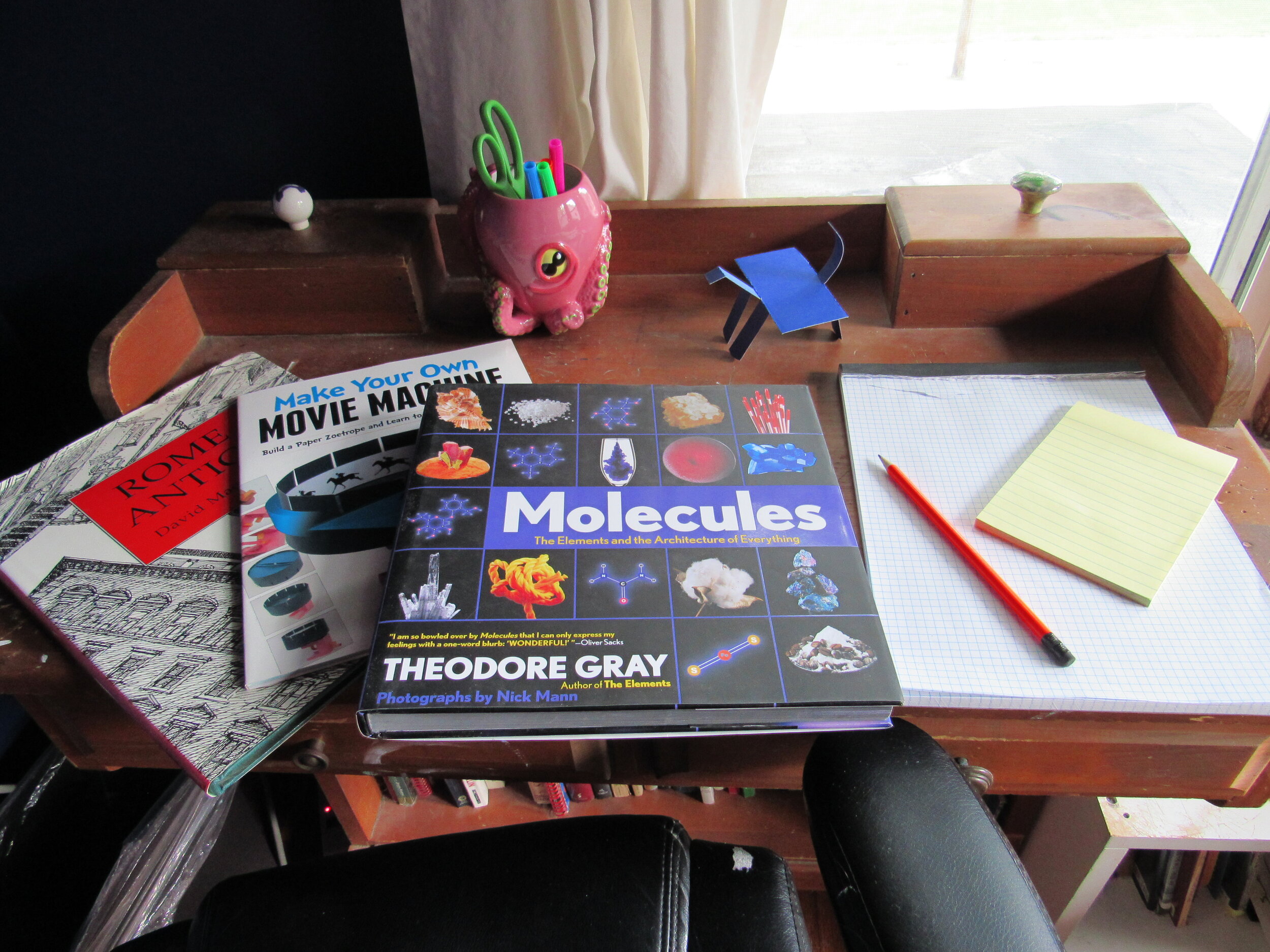Buy a cheap, complete curriculum workbook for your child’s grade. Boom, done.
If you have reporting requirements for a state like New York, you can use it as a placeholder on your IHIP for the school district. Just add a statement that says the materials you are list “include but are not limited to” and that you will be adding more details in the quarterly reports.
Then relax as you figure out what else you can do during the year that’s more engaging and meaty.
What can you do with a workbook?
Flip through it to find topics you might want to cover during the year.
Use it to see how to describe skills in “educationese.” For instance, learning to tell time falls under “math.”
Give it to your kids for “busy work” when you’re frazzled but want to feel productive. Some kids like worksheets! But if your kids find them stressful or boring, let them pick out the pages they want to do. And don’t make a big deal of grading them. Instead, use their work to see where you might need to help them improve their skills as you develop your own teaching plan.
You can find all-in-one curriculum workbooks in book stores, department and big box stores, and online. Here are a few examples. Some are specifically for homeschooling, and others are designed to reinforce classroom instruction (but can probably work for homeschooling) as well. If your child is middle school or older, look for workbooks or review books for specific subjects. Some examples:
Another Option: Outline a Plan of Instruction
To fulfill the New York State homeschooling regulations, you must show the school “a list of the syllabi, curriculum materials, textbooks or plan of instruction to be used in each of the required subjects.”
If buying a curriculum isn’t your style, create a plan of instruction based upon guides aimed at helping parents figure out what their kids should be learning when. Some list specific topics, such as:
World Book Typical Course of Study (free website)
Others offer suggestions for topics, as well as techniques to help you cover a wide range of topics, including:
Regardless of which strategy you choose, you’ll get past that planning logjam and begin to move on to working and learning about homeschooling along with your kids!
This page may contain affiliate links. Thanks for helping me to keep producing great learning resources for students and families!


